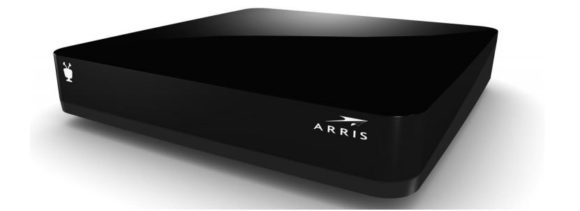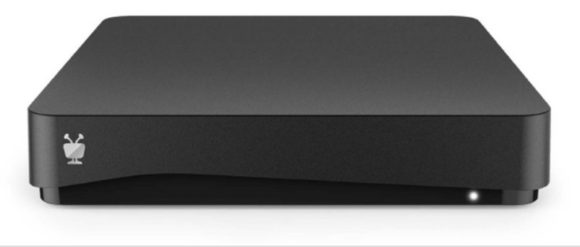
As pointed out in the TiVo forums, the recently updated Arris TiVo product line made available to cable companies includes one model strikingly similar in appearance to our exclusive retail TiVo Mini 4K imagery. And I have reason to believe the hardware is, indeed, likely the same… making good on a TiVo/Rovi pre-transition promise:
That said, being in the hardware business isn’t something that necessarily excites us. When we acquired Fanhattan and the Fan TV platform, they had an OEM relationship and we’re focused on a box solution. And when we acquired them, we said, we’d look to move to be box agnostic and be able to partner with box providers who can do that. There are several box providers out there who have direct-to-retail. We’ll be looking at the possibilities of working with them, having them control the box. And while that would be a partnership and we wouldn’t get all the sales as a result, we think that’s probably a better way to approach the consumer space. But don’t look for us to exit the consumer space.
Retail has been challenging for TiVo in recent years and they’ve previously written off hardware expenditures, so leaning on a partner cable box manufacturer to limit TiVo’s retail outlay and risk, given Arris’ larger scale, superior supply chain, etc is a wise business move.

Assuming the differences are largely cosmetic, here’s what the Arris Mi4 spec sheet has to say:

